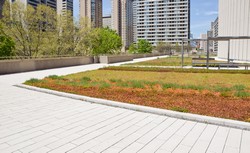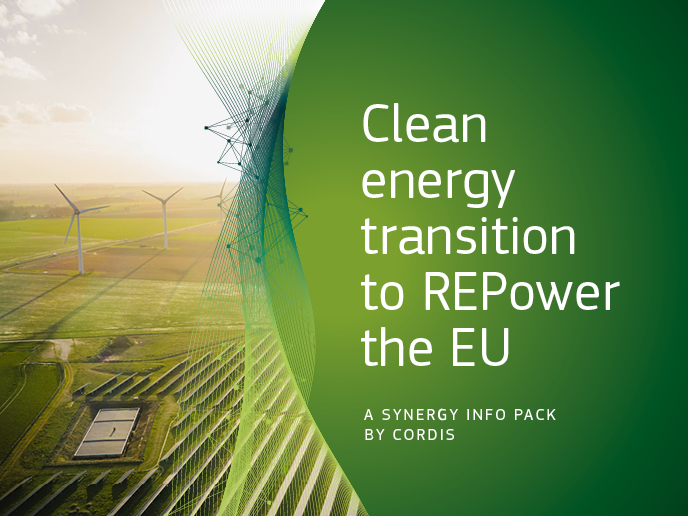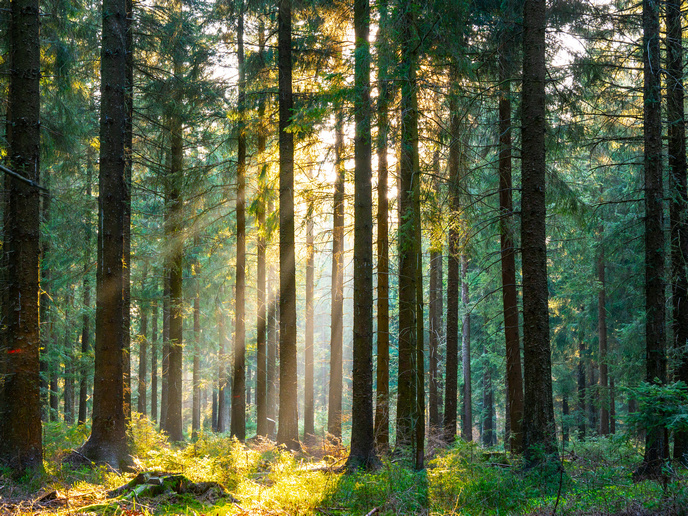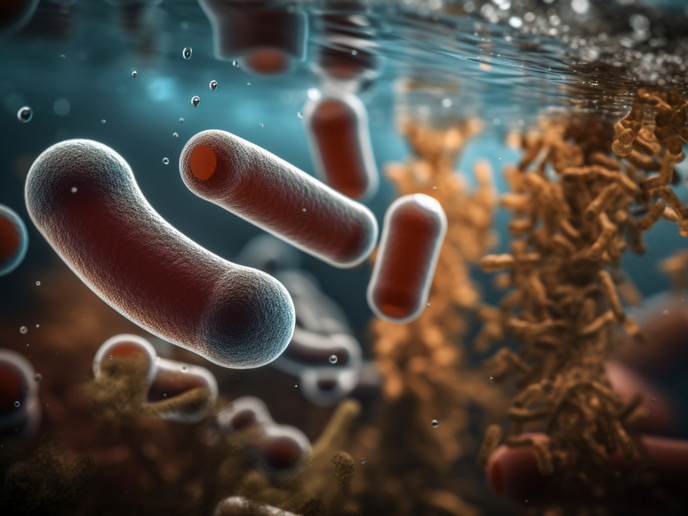Green roofs clean up industrial gases
VOCs, carbon-based chemicals that evaporate easily, are widely used in industrial activities such as varnishing, painting, printing and cleaning. Together with nitrogen oxides (NOx) and sunlight, VOCs generate toxic ozone at ground level. This emissions problem was addressed by the EU-funded project GRABGAS(opens in new window) (Green roofs that clean SME industrial gas containing low and variable concentrations of volatile organic compounds), which used green roofs employing rhizodegradation and photocatalysis technology to treat small volumes of industrial waste air. Rhizodegradation utilises plant roots, microorganisms and soil to simultaneously biologically degrade several VOCs into carbon dioxide and water. GRABGAS was able to adapt to changing concentrations and make VOC mixtures more biodegradable by applying a solar photocatalytic pre-treatment using doped titanium oxide before rhizodegradation. The team developed mathematical models that simulated the air flow, drop pressure and temperature on a rhizofilter prototype at pilot plant scale. A literature review helped provide further insight on biodegradation and aided in selecting the best candidate plant species. A biodegradability experiment was also carried out, where they designed a radiolabeled VOC assay to investigate the time needed for VOC degradation. To support plant growth and provide solar photocatalysis with sunlight, the GRABGAS system was stored on industrial roofs using European green roof standards. The optimal flow of air through the rhizofilter was achieved using a substrate that allowed root growth. The substrate also had a large active surface for bacterial growth and permeability for air and VOC storage capacity. These will keep the internal temperature and moisture within a constant range through appropriate sealing, insulation and drainage. GRABGAS will reduce VOC emissions from SMEs, thereby helping them to comply with EU environmental regulations and improve the quality of life of citizens living in the vicinity.







